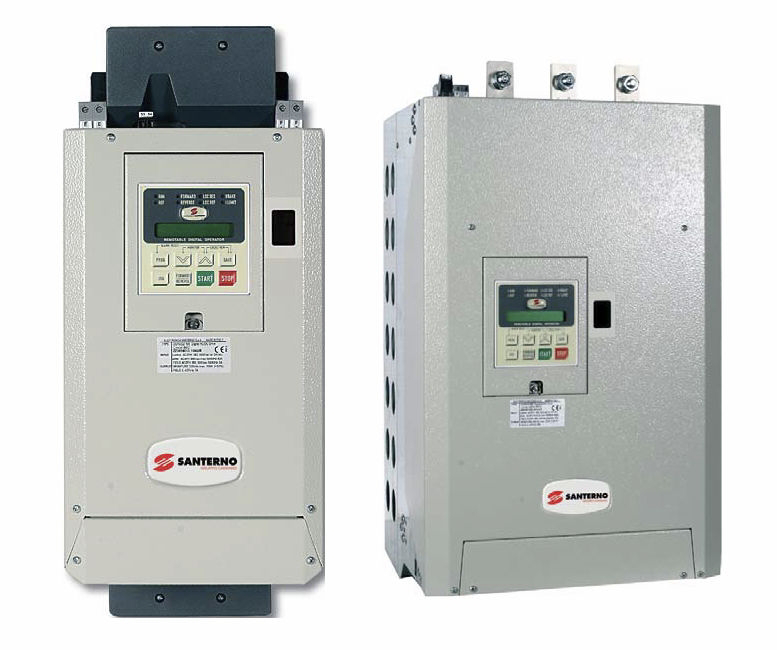What Is The Disadvantage Of DC Drive
Introduction
This Blog Main Target Is What Is The Disadvantage Of DC Drive DC drives have long been utilized in various industries and applications due to their simplicity, efficiency, and controllability. However, like any technology, they come with their own set of disadvantages. In this blog post, we will delve into the limitations of DC drives and explore the drawbacks that have led to the rise of alternative solutions.
1. Brush and Commutator Wear
One of the primary disadvantages of DC drives is the presence of brushes and commutators. These components are responsible for transferring electrical current between the stationary and rotating parts of the motor. Unfortunately, they also tend to wear out over time due to friction and arcing, requiring regular maintenance and replacement. This maintenance can be costly and time-consuming, particularly in demanding industrial environments.
2. Limited Speed and Torque Control Range
DC drives typically offer a limited range of speed and torque control. While they are capable of providing excellent control in their operational range, this range can be narrower compared to alternative drive systems. The torque-speed characteristics of DC motors are not as flexible as those of AC motors controlled by variable frequency drives (VFDs). This limitation can restrict the application of DC drives in certain industries where a wide range of speed and torque control is required.
3. Limited Power Capacity
DC drives are generally not as suitable for high-power applications as their AC counterparts. The power capacity of DC drives is limited due to their inherent design constraints. AC drives, on the other hand, can handle high power levels more efficiently and reliably. This limitation makes DC drives less ideal for applications such as large-scale industrial processes that require substantial power output.
4. Higher Maintenance and Operating Costs
While DC drives have advantages in terms of initial cost and simplicity, they tend to incur higher maintenance and operating costs in the long run. As mentioned earlier, the brush and commutator system requires regular maintenance and replacement, adding to the overall expenses. Additionally, DC drives often require additional cooling systems to manage heat dissipation, contributing to higher energy consumption and operational costs.
5. Limited Availability and Technological Advancements
Over time, the availability of advanced DC drive technologies and components has decreased. As industries move towards more modern and efficient solutions, manufacturers have shifted their focus to developing advanced AC drives and other alternatives. This reduced availability can make it challenging to source reliable DC drive components, affecting maintenance and replacement procedures.
Conclusion
What Is The Disadvantage Of DC Drive This Topic Covered In This Blog While DC drives have served various industries effectively for many years, they do come with a set of disadvantages that limit their application in certain contexts. Brush and commutator wear, limited speed and torque control range, limited power capacity, higher maintenance and operating costs, and the reduced availability of advanced technologies have contributed to the decline of DC drives in many applications.
In today's rapidly evolving technological landscape, alternative solutions such as AC drives controlled by VFDs have emerged as more versatile and efficient options. These solutions offer a wider range of control, higher power capacity, and lower maintenance requirements, making them a preferred choice in many industries.
It's important for industries to evaluate their specific needs and consider the advantages and disadvantages of different drive systems before making a decision. As technology continues to advance, it is likely that DC drives will continue to be replaced by more sophisticated and adaptable alternatives.


